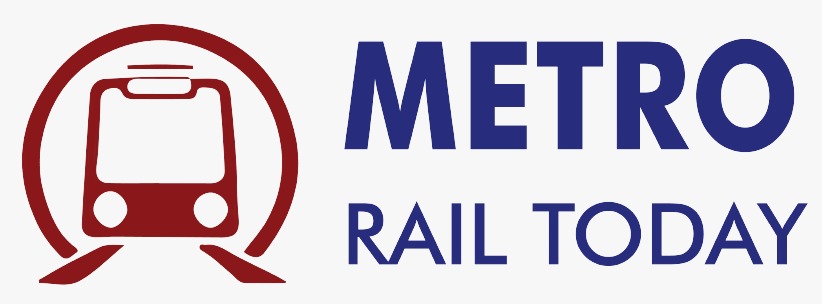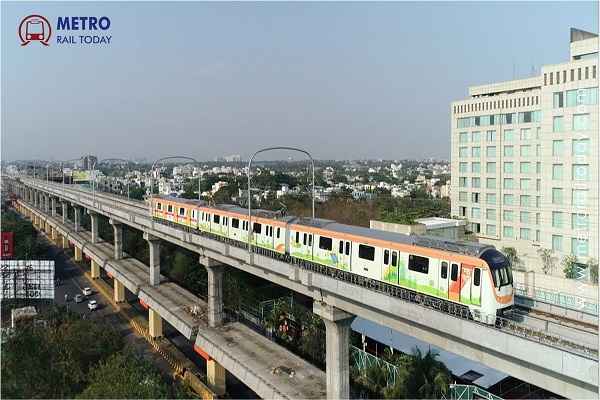 Feasibility Study begins for Sitabuldi–Koradi Metro Corridor under Nagpur Metro Phase 3
Feasibility Study begins for Sitabuldi–Koradi Metro Corridor under Nagpur Metro Phase 3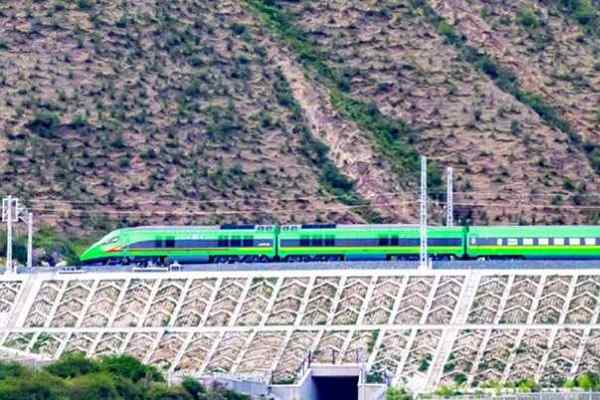 Saudi Arabia’s $7 Billion Land Bridge: Building a High-Speed Future Across the Desert
Saudi Arabia’s $7 Billion Land Bridge: Building a High-Speed Future Across the Desert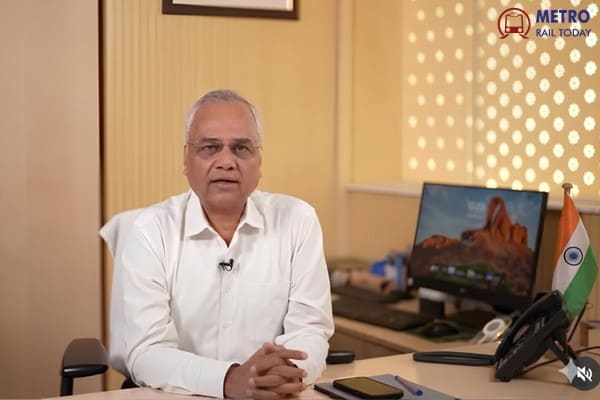 Dedicated Freight Corridors: Powering India’s Logistics Revolution and Sustainable Growth
Dedicated Freight Corridors: Powering India’s Logistics Revolution and Sustainable Growth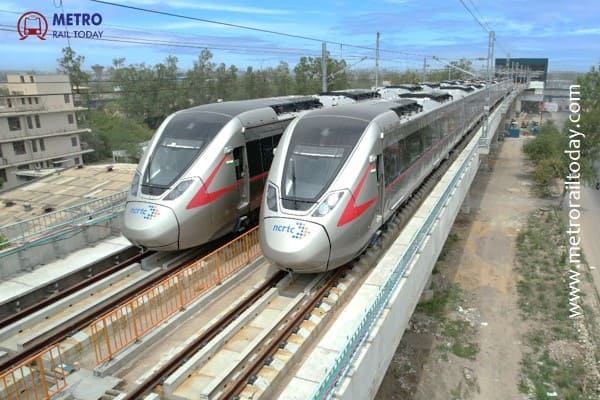 Haryana Govt approves extension of Delhi-Alwar Namo Bharat Corridor to Bawal
Haryana Govt approves extension of Delhi-Alwar Namo Bharat Corridor to Bawal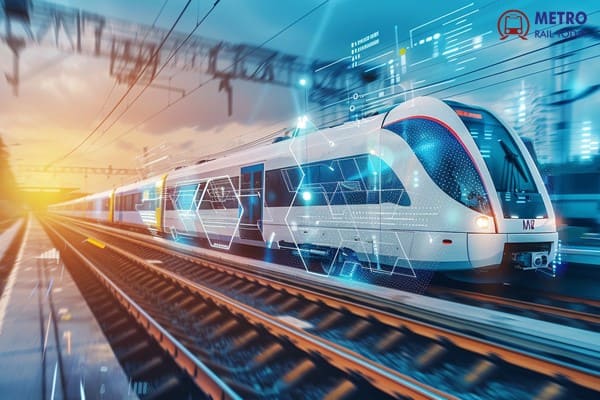 Experts Call for Stronger Cybersecurity Framework in Urban Rail Systems
Experts Call for Stronger Cybersecurity Framework in Urban Rail Systems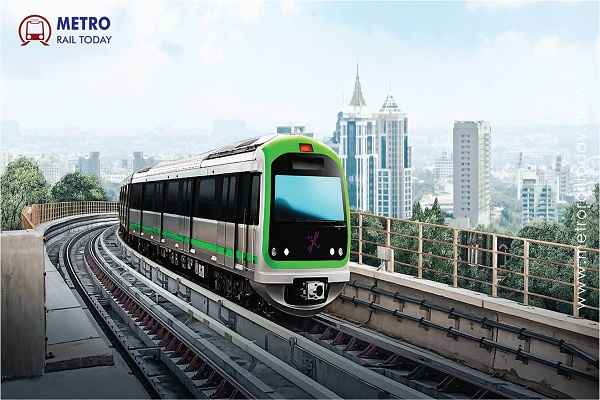 Bangalore Metro celebrates 14 years of public transport services in India’s Silicon City
Bangalore Metro celebrates 14 years of public transport services in India’s Silicon City EIB approves €289.5 million loan for expansion of Nagpur and Pune Metro Rail Projects
EIB approves €289.5 million loan for expansion of Nagpur and Pune Metro Rail Projects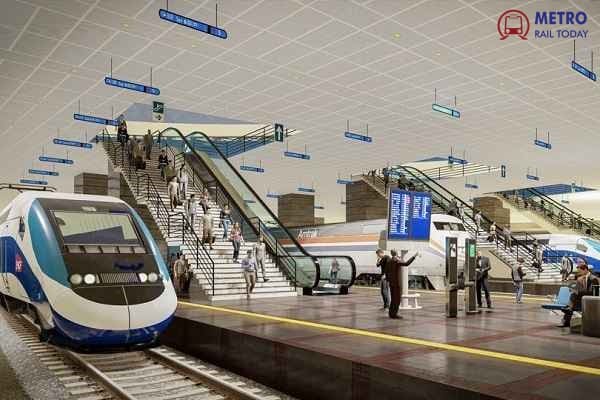 India is building Largest Railway Station in Amaravati - Know all about
India is building Largest Railway Station in Amaravati - Know all about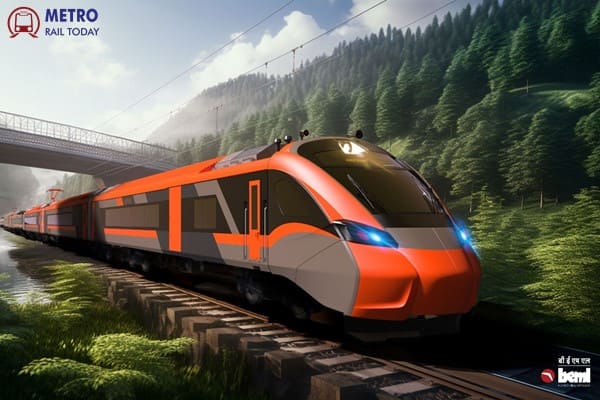 Kineco and BEML forge strategic partnership to strengthen indigenous composite manufacturing
Kineco and BEML forge strategic partnership to strengthen indigenous composite manufacturing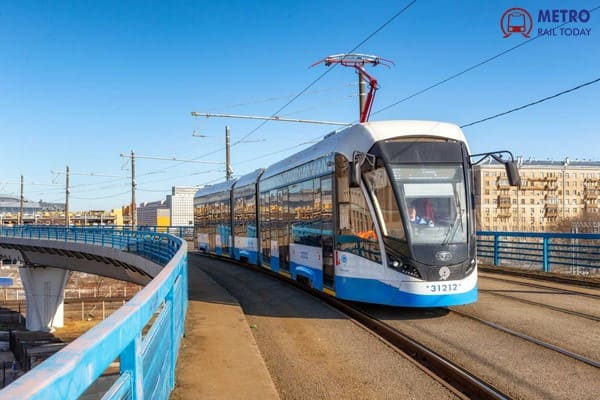 UN blacklists Spanish Trainmaker CAF over activities in Occupied Palestinian Territories
UN blacklists Spanish Trainmaker CAF over activities in Occupied Palestinian Territories
Dedicated Freight Corridors: Powering India’s Logistics Revolution and Sustainable Growth

India’s logistics sector is undergoing a historic transformation with the operationalization of the Dedicated Freight Corridors (DFCs) — a mega rail infrastructure initiative designed to make freight movement faster, cheaper, and greener.
In an exclusive interview with Metro Rail Today, Shri Praveen Kumar, Managing Director of the Dedicated Freight Corridor Corporation of India Limited (DFCCIL), shared an in-depth perspective on how the DFCs are reshaping the country’s freight ecosystem, enhancing multimodal connectivity, and helping India move toward its target of reducing logistics costs to below 10% of GDP.
“The Dedicated Freight Corridors represent a convergence of visionary planning, technical excellence, and execution discipline. The infrastructure we are building today will drive India’s freight economy and industrial growth for generations,” said Shri Kumar.
From Vision to Reality: A Decade of Progress and Milestones
Having been associated with DFCCIL for more than a decade, Shri Kumar has witnessed the project’s evolution from a concept to a nationwide logistics backbone. The DFC journey, he explained, has been marked by overcoming complex challenges — from land acquisition and project management to ensuring safety and operational excellence across thousands of kilometres.
Under his leadership, DFCCIL has achieved several key milestones, including:
-
Commissioning of the Rewari–Dadri section, connecting the Western and Eastern DFCs — a strategic link integrating India’s two freight arteries.
-
Completion of 37 Road Over Bridges (ROBs) in a single year to enhance traffic safety and corridor connectivity.
-
Breakthrough of the Kundevahal Tunnel, the last major segment of the JNPT–Vaitarna section, targeted for completion by December 2025.
-
Modernization of the New Pirthala Yard, the largest in the DFC network, with advanced interlocking systems.
-
Commissioning of Gati Shakti Cargo Terminals (GCTs) at Gothangam and Sanjali (Gujarat), marking successful public-private partnerships under the Gati Shakti Policy.
“These milestones highlight DFCCIL’s focus on expanding capacity, improving efficiency, and fostering innovation in freight logistics,” Shri Kumar emphasized.
Operational Scale: DFCs Carry 13% of India’s Rail Freight
Together, the Eastern (EDFC) and Western Dedicated Freight Corridors (WDFC) span 2,843 km, of which 2,741 km are already operational. The EDFC, from Ludhiana to Sonnagar, is fully commissioned, while the WDFC, from Dadri to Jawaharlal Nehru Port Trust (JNPT), is nearing completion with only 102 km remaining.
Despite covering just 4% of India’s rail network, the DFCs now handle over 13% of the nation’s total railway freight — a testament to their high-capacity design and operational efficiency.
From April to August 2025, the corridors handled nearly 59,000 trains, averaging 386 trains daily. The performance metrics underline remarkable productivity:
-
GTKM (Gross Tonne-Kilometre): 82,950 million tonne-km (April–August 2025)
-
NTKM (Net Tonne-Kilometre): 46,320 million tonne-km in the same period
“This performance demonstrates the reliability and resilience of the DFC model in handling high freight volumes with unmatched efficiency,” Shri Kumar said.
Redefining Freight Efficiency and Cost Competitiveness
The DFC model has redefined India’s freight operations, drastically reducing transit time and logistics costs. By separating freight and passenger traffic, the corridors have eliminated congestion, enhanced punctuality, and improved the reliability of both freight and passenger trains.
“DFC operations have halved transit times across major freight corridors,” Shri Kumar noted. “This not only boosts supply chain efficiency but also aligns with India’s goal of reducing logistics costs from 14–15% of GDP to below 10%.”
The efficiency gains translate into lower freight tariffs, better asset utilization, and enhanced competitiveness for Indian industries and exporters.
Economic Multiplier: Unlocking Regional and Industrial Growth
In the next 5–10 years, DFCCIL expects the corridors to deliver tangible economic benefits, transforming the logistics ecosystem into a world-class multimodal network.
“The DFCs are catalysts for industrial and regional development,” said Shri Kumar. “They attract investments in manufacturing clusters, logistics parks, and cargo terminals, creating new jobs and economic opportunities.”
By connecting industrial hubs with ports and consumption centers, DFCs will strengthen India’s export-import capacity and help the country emerge as a global manufacturing and logistics hub.
“Trucks on Train”: DFCCIL’s Innovative Leap in Green Logistics
One of DFCCIL’s most innovative initiatives is the “Trucks on Train” (ToT) service on the Western DFC — an initiative that symbolizes the convergence of efficiency and sustainability.
This multimodal concept allows trucks to be loaded directly onto freight trains, reducing transit times from 24–26 hours by road to just 10–12 hours by rail, while also cutting CO₂ emissions by more than 50%.
“Each ToT operation removes nearly 45 trucks from highways, decongesting roads, improving safety, and significantly reducing emissions,” Shri Kumar explained.
This innovation supports India’s Net Zero goals and enhances the overall utilization of road infrastructure by freeing up capacity for last-mile logistics.
Toward a Net-Zero Freight Network
Sustainability lies at the heart of DFCCIL’s mission. The corporation has set an ambitious goal to achieve net-zero carbon emissions by 2030 through full electrification, renewable energy adoption, and modal shift initiatives.
DFCCIL is already installing solar plants at operation control centers and promoting energy-efficient operations across both corridors. The shift from road to rail under DFCs offers massive emission reduction — from 64 gms CO₂ per tonne-km by road to just 28 gms by rail.
“By increasing freight volumes on electrified double-stack corridors, we’re reducing highway congestion, energy consumption, and emissions — making Indian logistics both efficient and sustainable,” Shri Kumar affirmed.
Raising the Bar: Upgrading Axle Loads to 32.5 Tonnes
DFCCIL has upgraded its axle load capacity from 25 tonnes to 32.5 tonnes, far exceeding the Indian Railways average of 22.9 tonnes. This enhancement enables heavier and longer freight trains, boosting throughput and lowering transport costs.
The change also drives innovation in wagon design, encouraging the development of stronger, safer, and more efficient rolling stock.
“This upgrade represents a leap toward world-class heavy-haul operations, giving India a competitive edge in global freight movement,” Shri Kumar said.
Global Partnerships and Future Corridors
Global partners like JICA and the World Bank have played instrumental roles in the DFC’s success by providing concessional funding, technical support, and global best practices in environmental and social standards.
Beyond the Eastern and Western corridors, new DFCs — including the East-West, East Coast, and North-South Sub-corridors — are under active planning. Once operational, these will expand India’s freight rail capacity manifold, supporting the government’s PM Gati Shakti and National Logistics Policy initiatives.
Conclusion: Building the Backbone of Viksit Bharat’s Freight Future
The Dedicated Freight Corridors mark a transformative leap in India’s infrastructure evolution — connecting the nation’s industrial base with ports, markets, and global trade routes more efficiently than ever before. Under Shri Praveen Kumar’s visionary leadership, DFCCIL is not only building physical infrastructure but also creating a sustainable, technology-driven logistics ecosystem that supports Viksit Bharat 2047.
“DFC is not just a project; it’s a movement toward a faster, greener, and globally competitive India,” Shri Kumar concluded.
